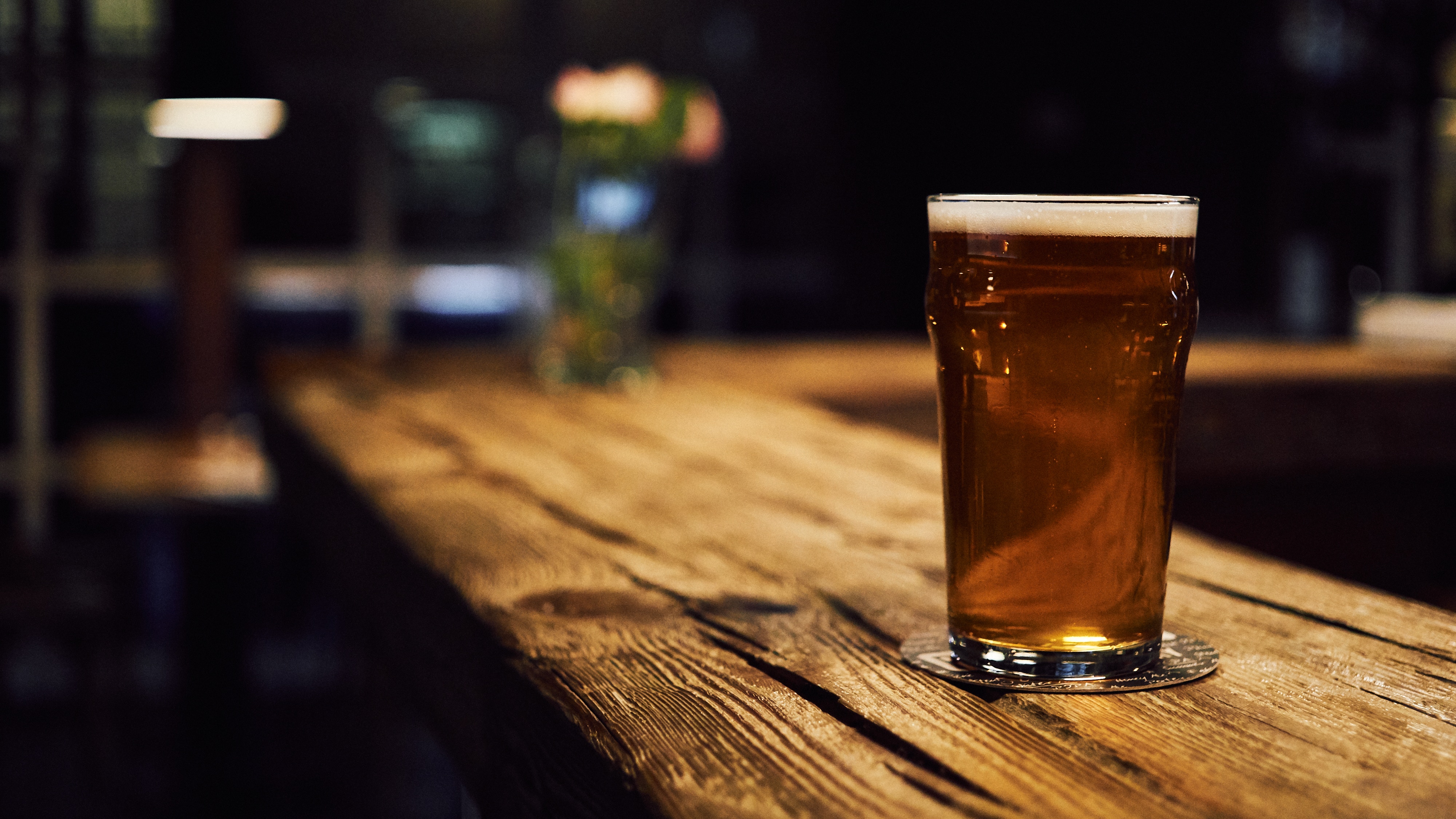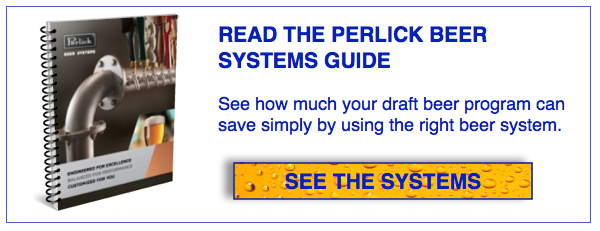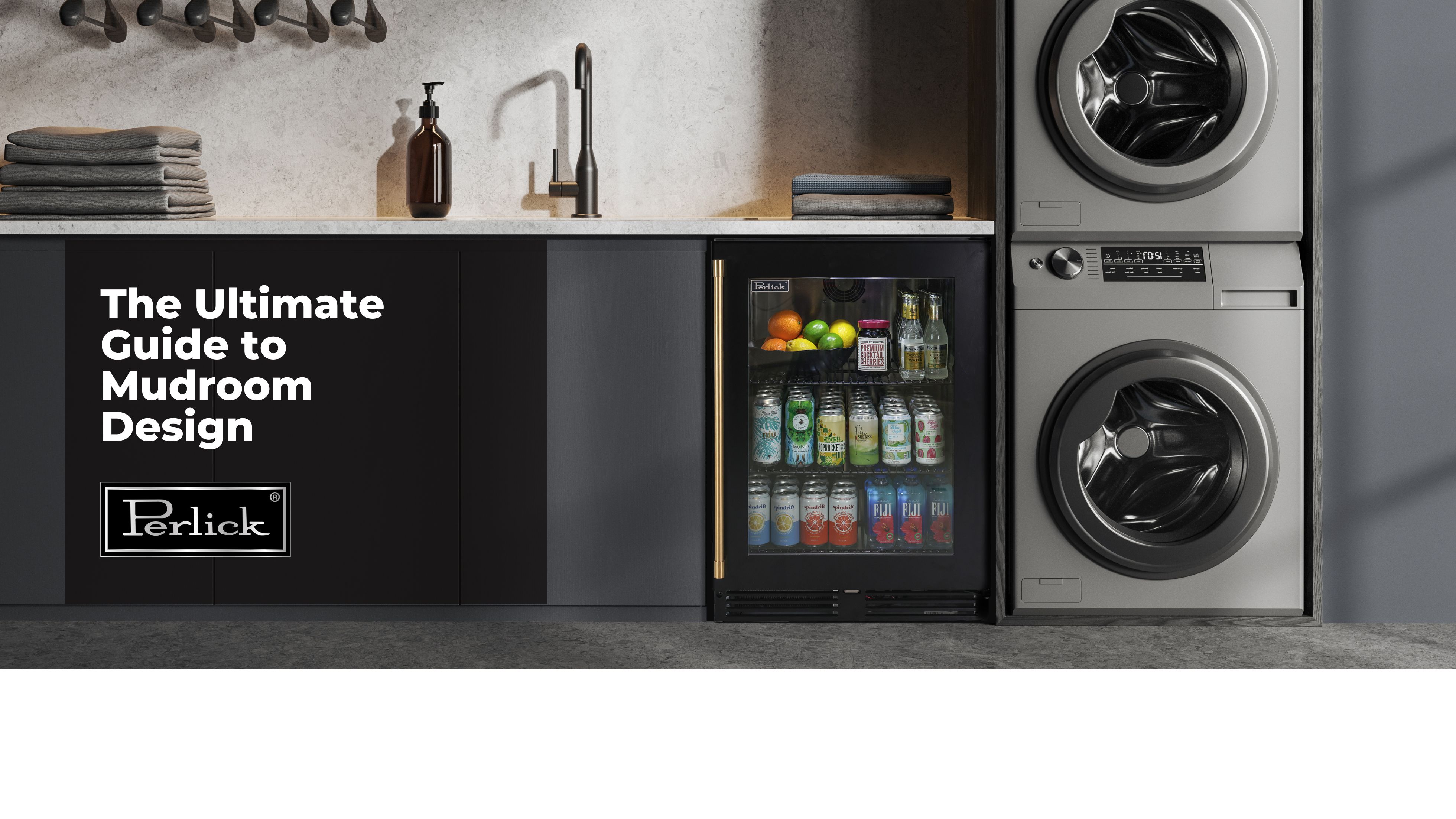If there's one thing we recall from high school science class, it could be that every action has an equal and opposite reaction. What Newton was basically saying was that nature has a way of balancing itself out, but what he might not have realized was the same goes for an effective beer system. Everything you do, every change you make, has an impact to the system as a whole.
The goal is achieving balance.
When you get all the elements of a beer system working in harmony, magic can happen. And when magic happens, somewhere behind it, there's usually science.
So what are the elements of an effective beer system? Let's go through them one by one.
GLYCOL CHILLERS AND POWER PAKS
When you move beer from one location to another, that beer needs to remain at the right temperature. If beer is too warm, operators pour foam, and profits, down the drain. So how is beer kept at the right temperature? Glycol and the system that moves it through the beer system.
A Glycol Chiller and Power Pak will circulate glycol through coolant lines within a trunk line. Whether you need higher horsepower or prefer either an air-cooled or water-cooled model, selecting the right Power Pak is critical for delivering the drive you need to deliver your beer.
TRUNK HOUSING
If chillers and power packs are the heart of your beer system, the trunk lines are your veins and arteries. Trunk housing runs beer from the keg to the tower, and when it includes beer lines that are vapor sealed to be in constant contact with glycol-cooled copper coolant lines, beer will remain at ideal temperatures on the way to the tap.
PRESSURE SOURCE
Pushing the actual beer from the keg to the glass takes pressure. The further the beer run, the greater the pressure required. Other considerations are runs that climb or drop to floors above or below the keg room, as well as lines that must work around obstacles. Selecting the right gas and pressure levels should be based on beer science, not assumptions.
DISPENSING TOWERS
Sweaty towers usually mean the tower is not well insulated, and condensation is forming on the chilled surface of the tower. As the final part of the beer science equation, towers and taps should maintain beer temperature during those final few inches of the beer run, as well as precisely control the flow of beer as it enters the glass.








